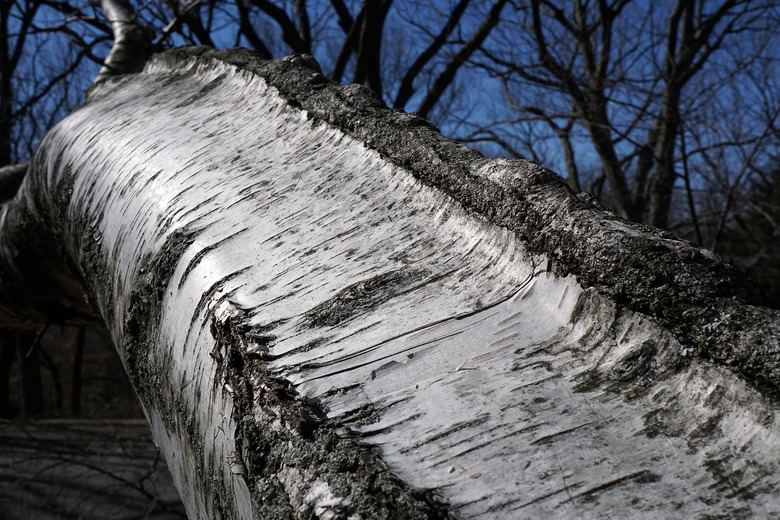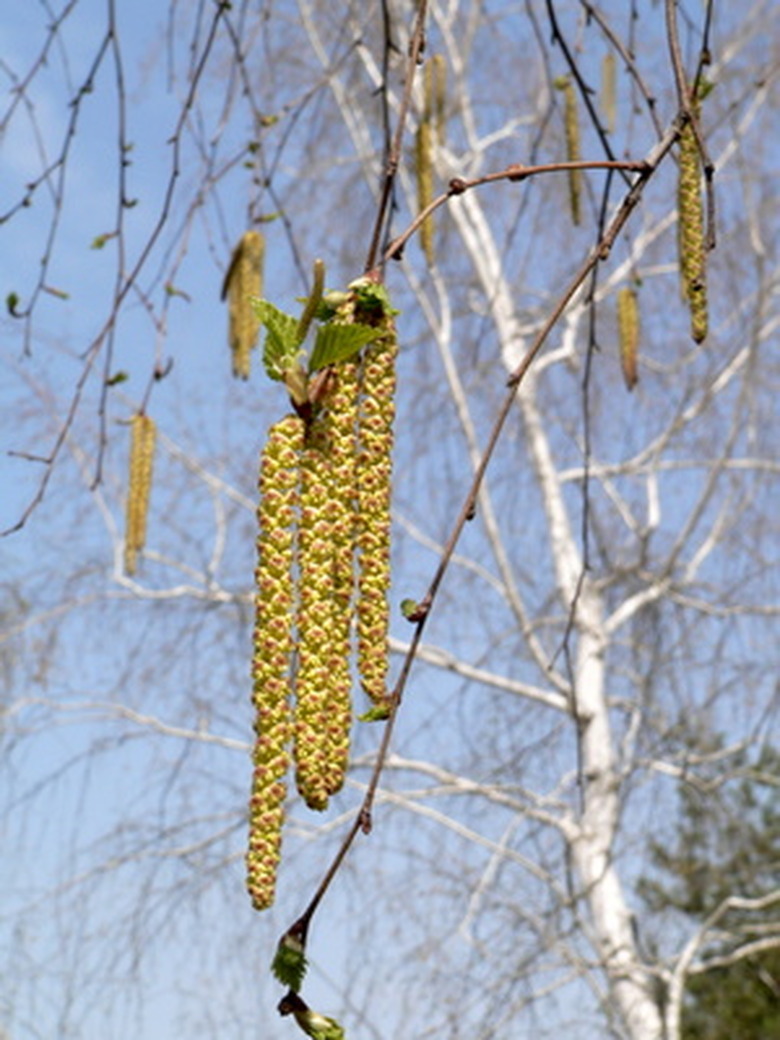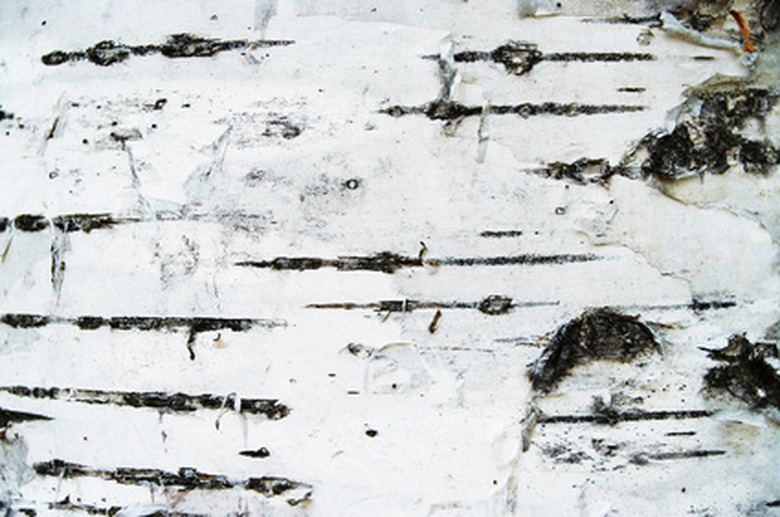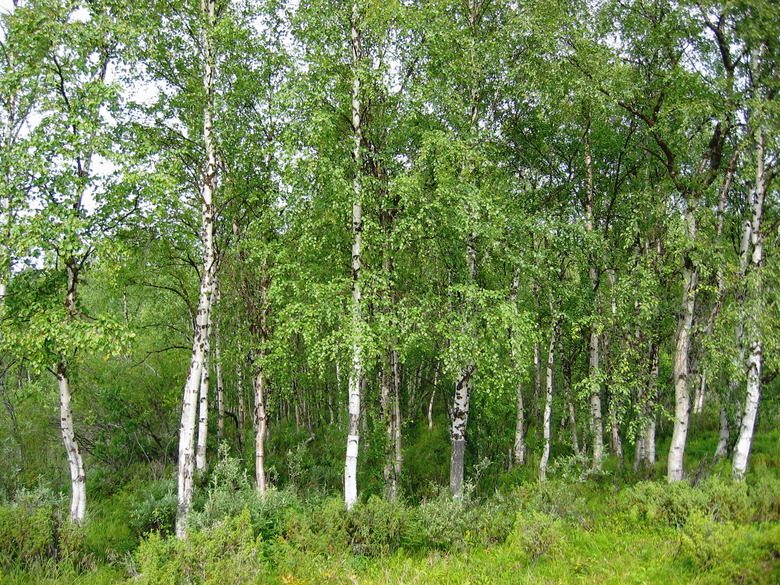White Birch Trees Information
White birch is a common name given to at least three common birch species: American white birch (Betula papyrifera, USDA zones 2 to 7), also known as paper birch and canoe birch; European white birch (Betula pendula, zones 2 to 7), also known as silver birch; and Japanese white birch (Betula platyphylla var. japonica, zones 3 to 7), also known as Asian white birch.
Regardless of species, these trees feature a rounded shape when mature with white birch bark that makes them stand out in any season, especially in autumn when the leaves turn brilliant yellow. The cold-tolerant white birch grows across most of the American North, from Labrador westward to Alaska.
Size of White Birch Trees
White birch is a medium-sized tree, with most growing 30 to 50 feet tall and sometimes up to 70 feet tall. The trunk is typically about 1 to 2 feet wide.
The leaves of a white birch may be ovate or diamond-shaped, around 2 to 4 inches long and 1 or 2 inches in width. While most white birch trees exhibit an upright growth, the European white birch is noted for its drooping branches.
The male and female flowers of birches, called catkins, exist on the same tree. On a white birch, the male catkins often grow in threes and are up to 4 inches long, with the female catkins half as long. The female catkins develop into a cylindrical cone about 1 1/2 inches long that disintegrate when ripe, spreading the seeds.
Characteristics of White Birch Bark
Look at a white birch after about four or five growing seasons, and you will notice that its red-brown bark has turned to a chalky white. This is the most attractive aspect of a white birch.
The white bark is papery in nature and you would be able to peel it off in strips if you desired. Refrain from doing so on living upright specimens and take the bark from downed white birches to inspect it.
The older white birch tree bark has black patches—and if you were to strip away the white birch bark, you would note the inner bark is a shade of orange-brown, reddish-brown or gray, depending on the species.
Best Location for a White Birch Tree
Select a spot for your white birch that is in full sun to partial shade, as this species doesn't prosper in full shade. In nature, white birch often takes over in open areas after a fire.
Plant a white birch in a moist but well-draining acidic soil, as birches require plenty of water to grow. While this can be problematic, since full sun usually causes dry conditions, try planting your white birch on the north or east side of your home, where afternoon shade can help keep the ground evenly moist.
Scout your property in the middle of a summer afternoon for such a location long before bringing your white birch seedlings home.
Tip
Naturalized white birch seedlings, depending on the species, can be difficult to transplant, as the roots are easily damaged. If transplanting a birch seedling elsewhere in the landscape, wet the soil first, then dig it up with as large a root ball as possible. Avoid breaking up the soil around the roots; keep them covered with damp soil or wet burlap. Move the white birch sapling as quickly as possible to its new location, place it at the same level in the soil and water thoroughly after planting.
Mulching White Birch Trees
It's prudent to place mulch around a white birch as it grows, since this will conserve any moisture in the ground near your tree. Rutgers cautions that over-mulching birch trees, however, is a primary cause of death. Piling the mulch against the trunk and/or in a too-deep layer promotes decay of the bark and underlying tissues and suffocates shallow-rooted trees like birches.
Use an organic mulch such as wood chips, leaf compost or shredded bark. Place it around the base of the tree no deeper than 3 inches, 3 to 5 inches from a sapling's stem and 6 to 12 inches from a mature tree's trunk. Cover the soil in at least a 6-foot radius on mature specimens and 3 feet on new seedlings, or as far out as the outer edges of the canopy in larger trees.
This prevents competition from weeds, loss of heat from the ground around the tree and potential collisions between your lawnmower or weed-eater and the birch's trunk.
Water Needs of White Birch Trees
Keep the ground around your white birch moist during the growing season. Avoid a schedule of multiple short waterings and opt for one long watering session weekly if there is a noticeable lack of rainfall that creates a dry scenario for the tree.
Lay a water hose or a soaker hose down near the tree where the water will flow over the soil and soak down to the roots of your white birch. Turn the hose on and let the water come out slowly for as long as two hours, until you can pick up a handful of dirt near the birch and squeeze it into a ball with your hand. Reduce the amount of water you give your white birch by late August.
References
- Rutgers: Problems With Over-Mulching Trees and Shrubs
- Iowa State University Extension and Outreach: I Would Like to Move a Small Tree in the Yard. How Should I Proceed?
- North Carolina Extension Gardener Plant Toolbox: Betula papyrifera
- North Carolina Extension Gardener Plant Toolbox: Betula pendula
- North Carolina Extension Gardener Plant Toolbox: Betula platyphylla var. japonica



